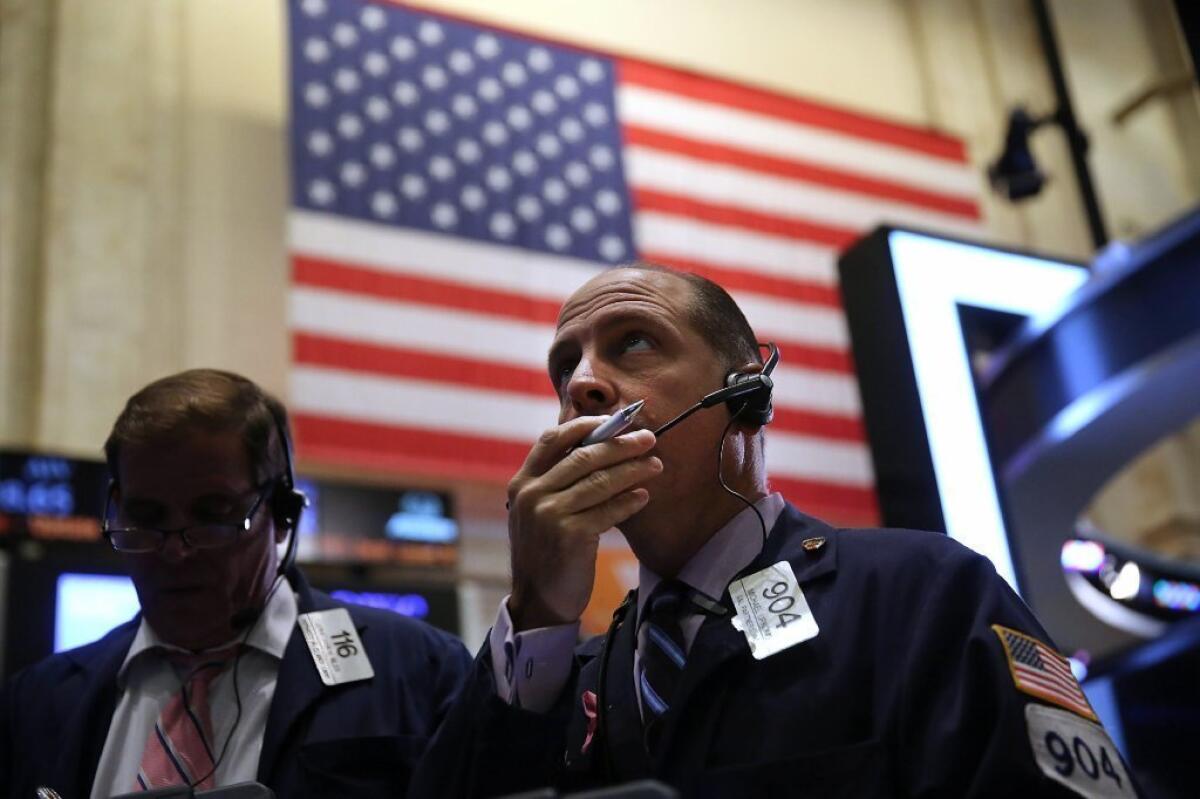Twitter stock will list on the NYSE. So what?

The big news out of the financial markets Wednesday is that Twitter, whose initial public offering is likely to be one of the hottest transactions of the year, will list its shares on the New York Stock Exchange instead of on Nasdaq.
The world asks: So what? The answer is: So, nothing.
The truth is that a company’s decision about where to list makes virtually no difference to anyone except to the two main exchanges themselves. To them it means a lot. They get annual fees from the listed companies -- up to $500,000 at the NYSE, $100,000 at Nasdaq -- as well as a minuscule vig from every trade.
These add up -- revenue at NYSE Euronext, the Big Board’s parent, averages more than $4 billion a year, and its profit last year was $348 million. That’s why the exchanges compete ferociously with each other for every new listing. As my colleague Andrew Tangel reported, in the run-up to Twiiter’s decision millions of dollars in marketing promotion were offered by each exchange, which were happy to traduce each other in the process.
Yet there really isn’t much difference anymore between the two major exchanges and their trading systems. There used to be: In the old days -- we’re talking as recently as the 1990s -- Nasdaq was chiefly an electronic network linking market-makers around the country, while the NYSE relied heavily on the corps of “specialists,” or floor traders, at its trading floor in New York.
Back then, the human factor could really make a difference in a crisis, as I reported in this firsthand dispatch from the floor for the Los Angeles Times Magazine in 1986.
But even then electronic trading was invading the NYSE floor, and now it dominates. As a result, the trading glitches or disasters, and their remedies, today all come from software. The NYSE has exploited Nasdaq’s screw-up of Facebook’s IPO last year to suggest it can handle a crisis better, but neither market has been immune to electronic snafus. In fact, sometimes the snafus come in the electronic systems that tie the exchanges together.
Even more often, a trading mess will start outside the exchanges, at one of the myriad electronic trading firms that send their transactions to the big exchanges to be formally recorded, and propagate to the NYSE and Nasdaq, bringing the whole system down. That’s what happened in the “flash crash” of 2010, which originated with an automated trade order and momentarily brought the Dow Jones Industrial Average down by more than 900 points. The two big exchanges are so interconnected that no matter where your stock was, you weren’t immune to the carnage.
Just last August, a software glitch at Nasdaq knocked out trading on its system for hours; a few weeks later, a data feed managed by NYSE Euronext brought down the entire U.S. options market. The Securities and Exchange Commission and both exchanges have recognized their interdependencies: The two exchanges are now committed to working out mutual backstops -- a glitch on one market that metastasizes to the other doesn’t benefit anyone.
The vast majority of buyers and sellers of Twitter stock won’t even know where the shares are traded. They don’t need to know. They press a button on their TDAmeritrade or eTrade screens, and a few seconds or minutes later their order is filled. You won’t see Twitter shares hawked on Nasdaq’s big Times Square advertising screen, though you’ll probably see Twitter execs ring the opening bell at the NYSE and hear the shares talked up by chattering shills on TV feeds from the Big Board floor. Other than that, Twitter’s decision on where to list has about as much significance as whether you choose Coke or Pepsi.
Reach me at @hiltzikm on Twitter, Facebook, Google+ or by email.
MORE FROM MICHAEL HILTZIK
A way to make Wall Street pay its fair share
How obscene is the CEO/worker pay gap?
Why public employees should have the right to strike







